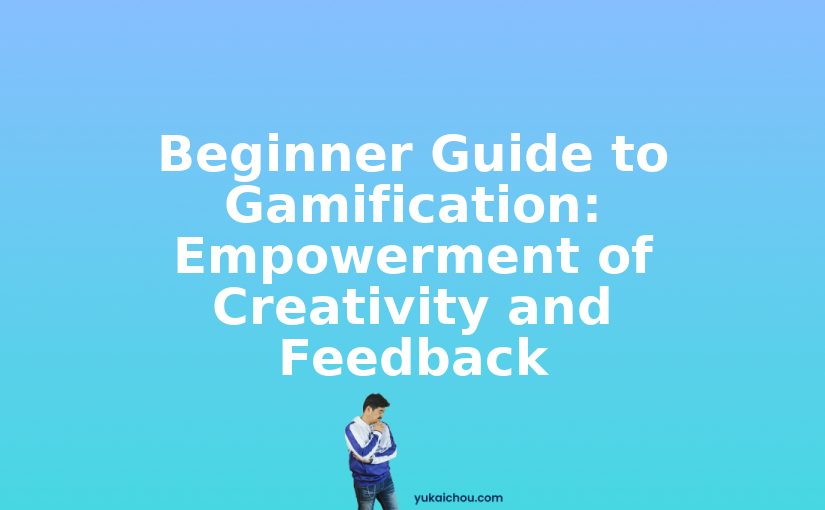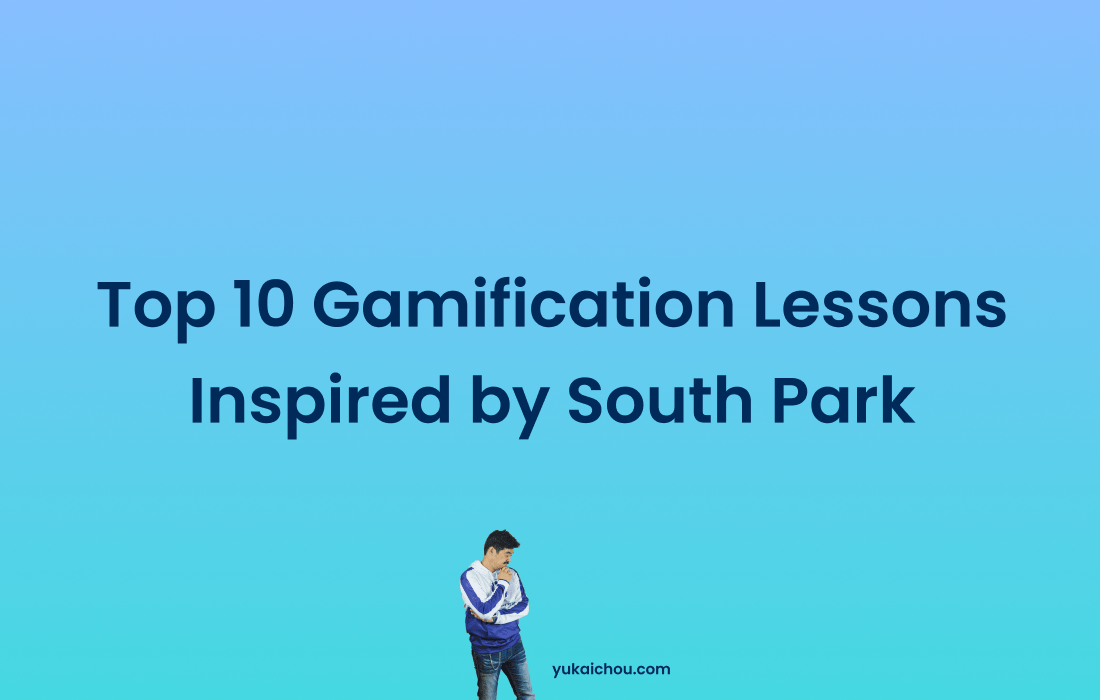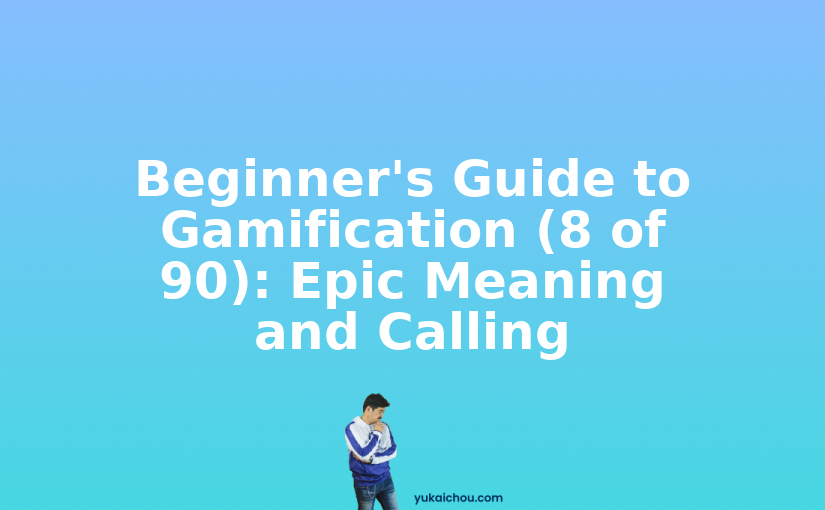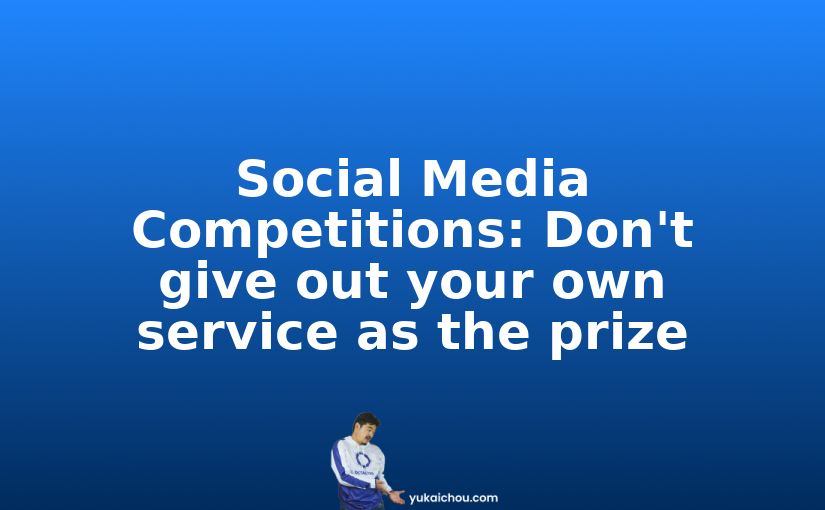(Click here to view all the Video Gamification Episodes)
Video Tutorial for Gamification
Empowerment of Creativity is the 3rd Core Drive in Octalysis.
- It is the the ability to utilize your own creativity and immediately see the outcome, allowing you to try again and again to see the final outcome.
- A basic example is Lego: you give people the basic blocks, and there are infinite ways to put together the pieces and can entertain people for an indefinite amount of time without the content getting old.
- People are by nature creative beings. We like to imagination, invent, and create, and both the process and outcome of the process brings happiness.
- Think about games like Minecraft and Second Life.
- Games like that are engaging because it allows you to create your own world, your shelter, and even your own looks.
- Other social games like Draw Something (at least in the early scaffolding phase) as well as plants vs zombie.
- Draw Something was fun for a long time because it allowed both sides to utilize their creativity and see immediate results.
- The reason why it eventually dropped out was because of lack of fresh content (or challenges) and how people could just start to game the system by writing in the correct word.
- That’s another good lesson in Gamification: when a system is “gamable” it devalues the experience of those who are doing honest play and demoralizes the players.
- Plants vs Zombies, like any other “tower-defense” game, is about utilizing current resources and “plants” to solve a puzzle of zombie attacks. This allows people to utilize their creativity to create different solutions to solve the same problem, making it fun for each player to engage in the longterm.
- I mentioned that in Farmville, one of the best evergreen mechanics they have is the ability to allow users to make art with their farms.
- Even in the RPG game Diablo III, during the Onboarding and Scaffolding Phase, there’s a lot of Core Drive 1 (Epic Meaning & Calling), Core Drive 2 (Development & Accomplishment), Core Drive 5 (Social Pressure & Envy), Core Drive 6 (Scarcity & Impatience), but during the EndGame stage, Core Drive 3 (as well as Core Drive 4 and Core Drive 8) become dominant.
- Once a player reaches a high level, he would constantly think up new ways to play the game better, matching different skill combos, passive skills, boosters, as well as gear to create the ultimate effect in increasing DPS (damage per second), being a tank, life leech sustainability, or minion strength.
- That process would drive many players to pull out excel spreadsheets to calculate the optimal combination of everything, try it out, and adjust accordingly. (Yes, there are a group of gamers online that heavily use excel spreadsheets to play games better.)
- When a game or a product can get users to voluntarily pull excel out and figure out how to optimize your performance, I would say it does this Core Drive pretty successfully.
- Even though this Core Drive can be the most powerful, it is the hardest to implement into a company product – primarily because it involves attention and commitment.
- Most people these days have short attention spans, and unless you design your Discovery and Onboarding phase well, people will not want to commit their attention to play the game.
- Often times other gamification experts like Sebastian Deterding (and Jane McGonigal) claim that Gamification does not nearly reach its promise, and prefers terms like “Gameful Design” as an ascended form of gamification. However, for the examples they list out relating to fun, learning, mastery, and problem-solving, it’s mostly because they prefer a higher emphasis of the Core Drive Empowerment of Creativity & Feedback, which as mentioned is the hardest to implement correctly.
- Some great examples happen in the crowdsourcing space, where a large group of people with a diverse set of backgrounds would solve one problem.
- My favorite has been Foldit, where a 15-Year AIDS problem was solved within 10 days.
- DIY.org gets kids to learn by empowering them to do and create many things
- Even in the work place, when you empower your workers to utilize their creativity and see feedback quickly, you have engaged workers.
- Many corporate workers have talked to me before about being an entrepreneur simply because it’s frustrating seeing feedback for their ideas 10 months after proposing it through the bureaucratic situation.
- Google’s 20% time allowed employees to express their creativity through other projects and see results quickly.
- When utilizing Empowerment of Creativity & Feedback, it is important to note a few things:
- Flow: There must be a balance between the learning curve and the challenge. If something is too hard, players withdraw or get anxiety. If it is too boring, players feel bored and leave. A good gamification (and game) designer needs to make sure the flow for Core Drive 3 is well aligned to maximize engagement.
- Boosters: A good way to add Empowerment of Creativity & Feedback into a design is through what I call Boosters (#31), basically things that make progress easier.
- The reason why boosters are effective is because players now have to plan what type of boosters to obtain through what activities
- An example of this is when users are accumulating “points” on a site, but when the site offers badges/trophies or “knowledge scores” that can superboost points acquisition, users start to plan out how to obtain the right badges/trophies to fulfill their objective better.
Conclusion on the 3rd Core Drive of Gamification:
It’s always good to incorporate as many core drives into a design as possible. Empowerment of Creativity & Feedback is great because it gets users to discover their creative beings, inspires people, and can become evergreen mechanics that keep the users engaged for long periods of time.








